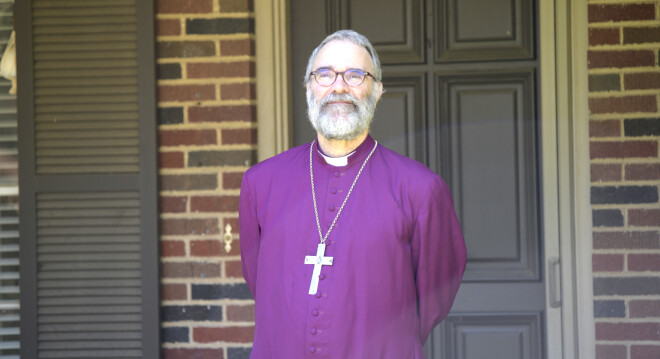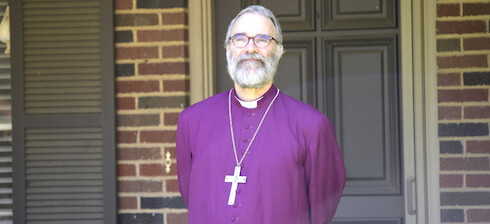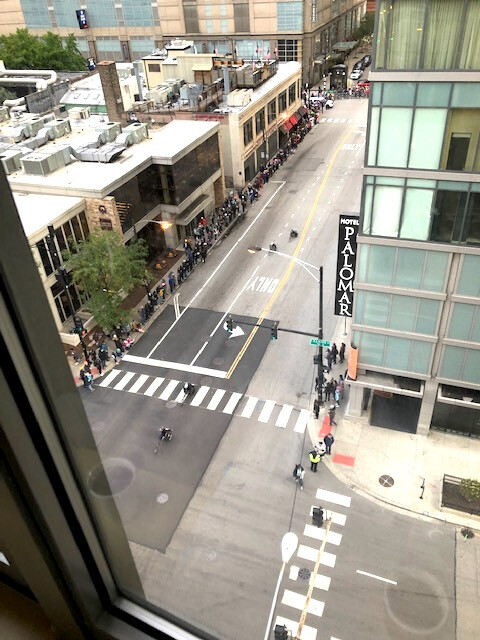The Good Enough Parish

The great psychoanalysis Bruno Bettelheim wrote a book called ‘The Good Enough Parent,’ in which he tried to banish unrealistic hopes of being the perfect parent, for, when these goals are not met, we end up with something worse. No, the goal should be ‘good enough,’ within the constraints of our situation, our personality, and the child’s, etc. Now if you want constraints, try being a parish or mission priest in May of 2020! We too ought to banish the hopes of the perfect congregational life, or an experience reflective of the old normal. But we can aim for a good-enough common life of community, Word, sacrament, outreach, and prayer. Having worked through liturgical protocols and steps and regions and even a theological rationale for where we find ourselves, I now want to turn to the pressing question for the now emerging season: how can we find, by God’s grace, an adequate approximation of the good enough parish? And can this adequacy endure for the length of time under which we will continue to be ministering in the Covid era? (I want to acknowledge my debt to the Standing Committee for the formulating of this question).
Let me put the matter another way. Each of our modes of communication of the faith has some problem. Some will find the laptop off-putting, ditto for in-person worship in masks, while to others the protocols about the communion bread seem too fussy, etc. And each reaction is understandable. At the same time, each has a more positive side: streaming reaches new people, and masked in-person worship shows how much we want to have fellowship in spite of everything, and how seriously we take one another’s welfare, and careful distribution of the bread shows how important an element of our faith is receiving the sacrament. Each reminds us that ‘good-enough’ is the most appropriate goal. Together these shortcoming tell us that we will need a combination of ‘good enough’ solutions, different and simultaneous angles on our common life. We will need to develop muscles we don’t often use in pastoral theology. And the very element of difficulty drives us back to the most basic truths which shine out in the midst of the frustrations, and thus show how much we need these effective signs of God’s grace especially in such an hour.
I do not have an set answer to this question of an adequate common life for such a time as this, nor do I believe there is a formula nor a single failsafe solution to the demands of the time. Nor am I necessarily the best person to generate ideas, since I am not in a parish, though I have been listening intently in various settings as you talk about your challenges. Better that I open a conversation and provide a few inklings of where I suspect the answers may lie. You all are invited into this conversation, and will doubtless help each other here more than I can help you. It goes without saying that our ideas need to cleave to the health guidelines we have developed.
- A good season for Richard Foster. How could we teach and encourage spiritual practices in a season in which people are on retreat, whether they like it or not? How might we do this?
- Think outside the Church-box. Services outside are fine, and may allow a larger group. (They have their own logistic challenges, but we live for challenges!)
- The day of the small group. Even without Covid, this has been the driving force of a great deal of church growth in our time. This ministry can be easily advanced in a way which is safe.
- Viva the mixed economy.Obviously in ordinary conditions we ought not to depend too much on the one gathering on Sunday morning, nor on one form of it. So we are looking at a time which is on-line and constrainedly in person, with perhaps multiple forms of each. It is good to convey permission to pray together by means of either or both.
- Find the emergent audiences for this moment.We have noted those who have come to (or back to) Church in the new format. We can likewise think of those who suffer from depression in this strange time, or of young adults whose job prospects have plummeted, or of harried parents home with toddlers, etc. We should ask ourselves how these circumstances have reconfigured our potential audiences, and what would reach them especially.
- Sacraments of solidarity. Our whole society is going through the same thing. In an otherwise riven society, how can we act in such a way as to be witnesses to this solidarity? I have been interested in ministries of the hands-on, ‘the least of these…’,Matthew 25 sort, especially with the surprising lines looking for food. A time set apart to pray for front-lines and health care workers would fit here too.
Furthermore, with so much suffering related to unemployment and inequality of access to medical care, we should seek out ways to come alongside Churches is south Dallas (or wherever you are), so that this becomes a moment to witness to racial reconciliation, as our Presiding Bishop has summoned us to. This too is a sacrament of our communion as the one Church catholic. (If you are looking for ways to get involved with this, contact the irrepressible Carrie Headington).
- What else should be on this list?.... Send me ideas, and I will find ways to disseminate them.
Peace,
+GRS




